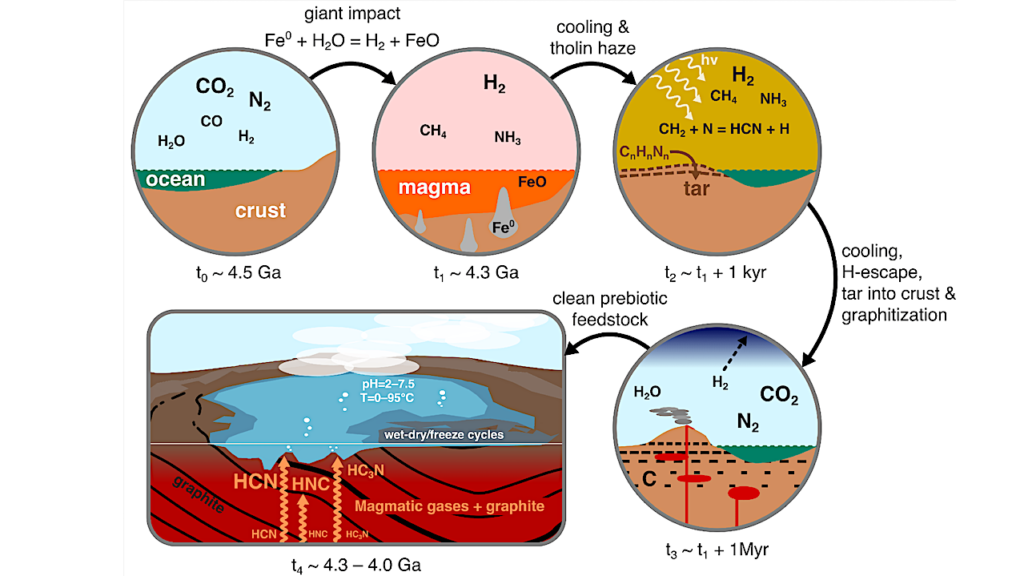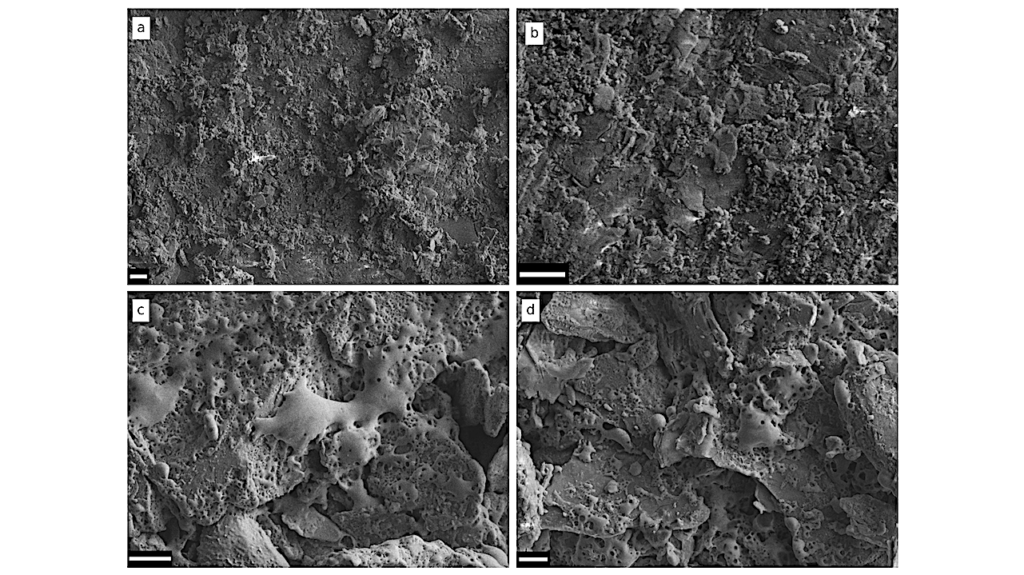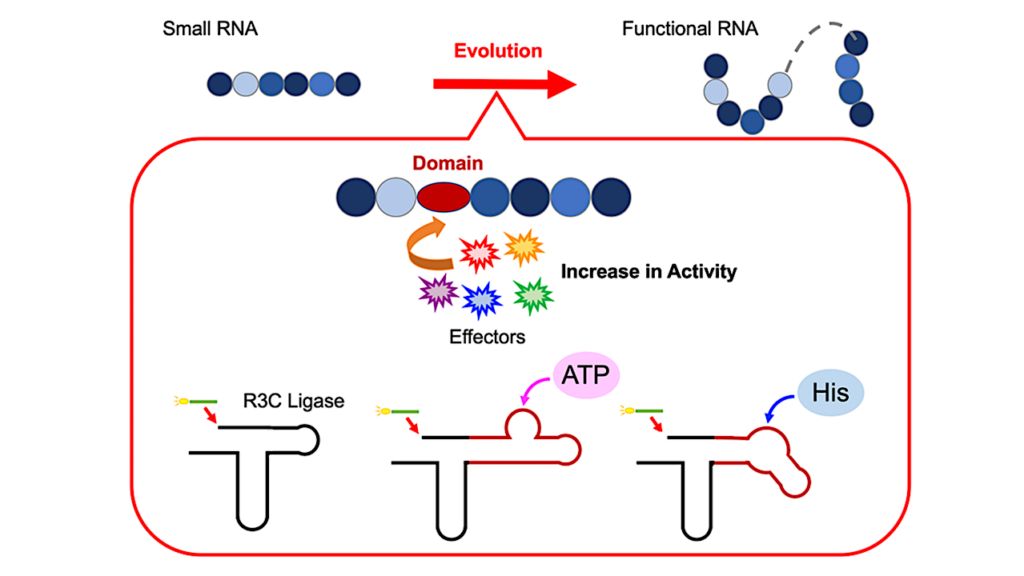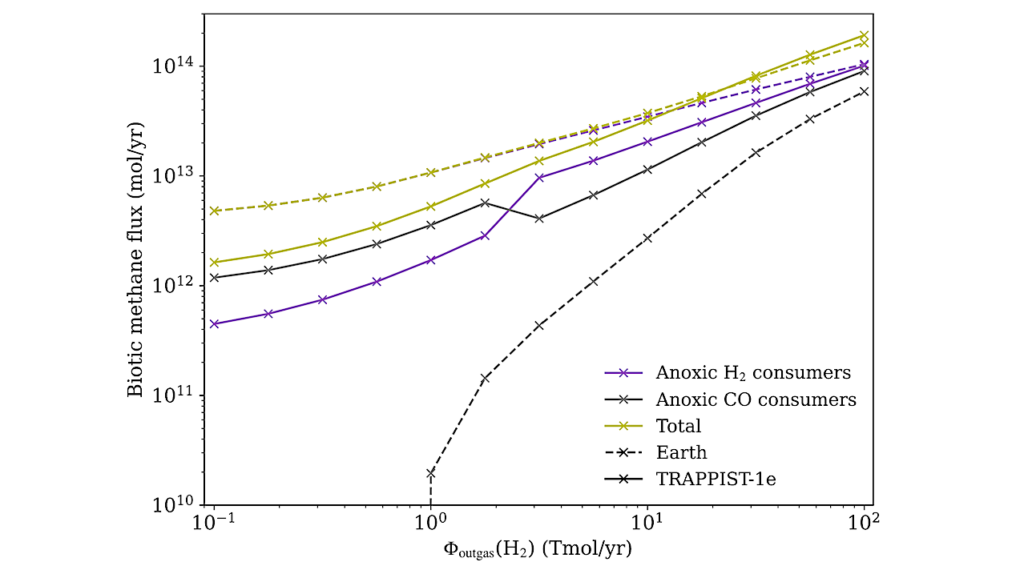Oceanic And Atmospheric Methane Cycling In The cGENIE Earth System Model

The methane cycle is a key component of the Earth system that links planetary climate, biological metabolism, and the global biogeochemical cycles of carbon, oxygen, sulfur, and hydrogen.
However, currently lacking is a numerical model capable of simulating a diversity of environments in the ocean where methane can be produced and destroyed, and with the flexibility to be able to explore not only relatively recent perturbations to Earth’s methane cycle but also to probe methane cycling and associated climate impacts under the reducing conditions characteristic of most of Earth history and likely widespread on other Earth-like planets.
Here, we present an expansion of the ocean-atmosphere methane cycle in the intermediate-complexity Earth system model cGENIE, including parameterized atmospheric photochemistry and schemes for microbial methanogenesis, aerobic methanotrophy, and anaerobic oxidation of methane. We describe the model framework, compare model parameterizations against modern observations, and illustrate the flexibility of the model through a series of example simulations.
Though we make no attempt to rigorously tune default model parameters, we find that simulated atmospheric methane levels and marine dissolved methane distributions are generally in good agreement with empirical constraints for the modern and recent Earth. Finally, we illustrate the model’s utility in understanding the time-dependent behavior of the methane cycle resulting from transient carbon injection into the atmosphere, and present model ensembles that examine the effects of oceanic chemistry and the thermodynamics of microbial metabolism on steady-state atmospheric methane abundance.
Christopher T. Reinhard, Stephanie L. Olson, Sandra Kirtland Turner, Cecily Palike, Yoshiki Kanzaki, Andy Ridgwell
Comments: Manuscript in review at Geoscientific Model Development
Subjects: Atmospheric and Oceanic Physics (physics.ao-ph); Earth and Planetary Astrophysics (astro-ph.EP); Geophysics (physics.geo-ph)
Cite as: arXiv:2007.15053 [physics.ao-ph] (or arXiv:2007.15053v1 [physics.ao-ph] for this version)
Submission history
From: Christopher Reinhard
[v1] Wed, 29 Jul 2020 18:55:30 UTC (2,393 KB)
https://arxiv.org/abs/2007.15053
Astrobiology








